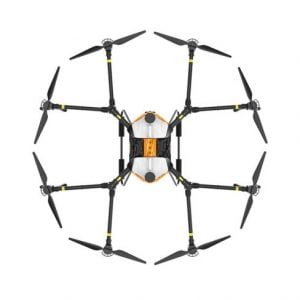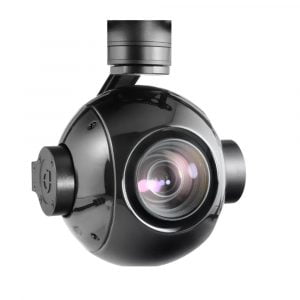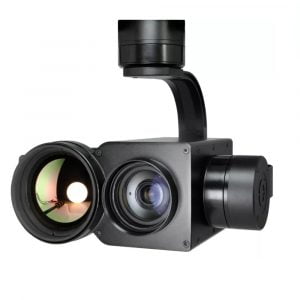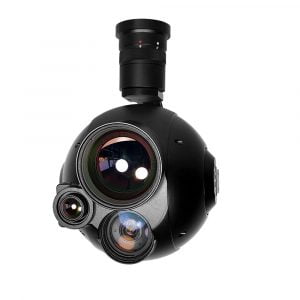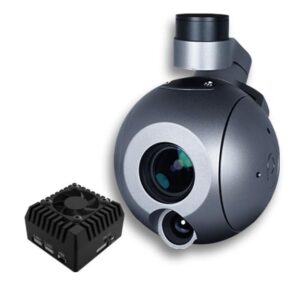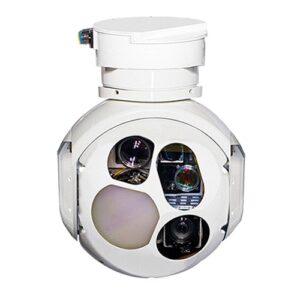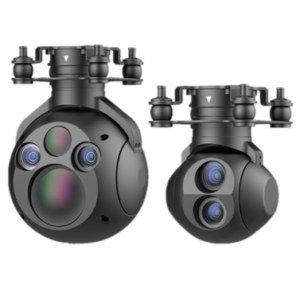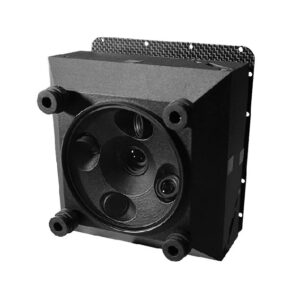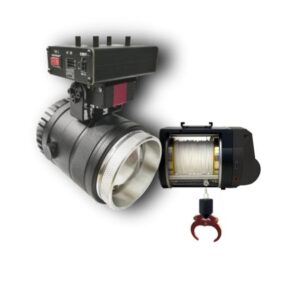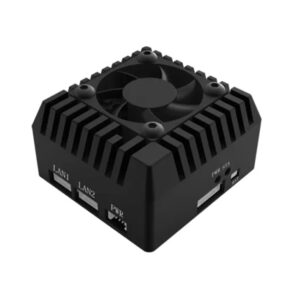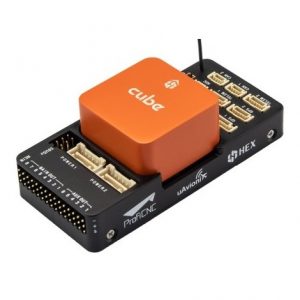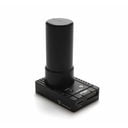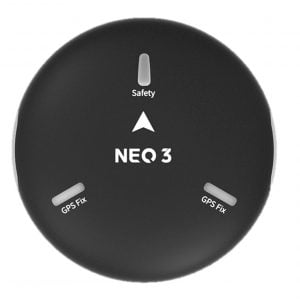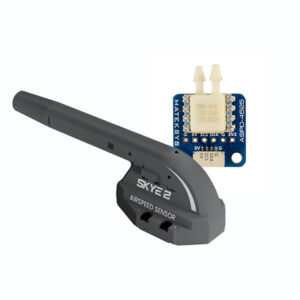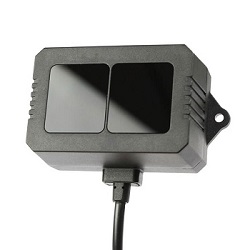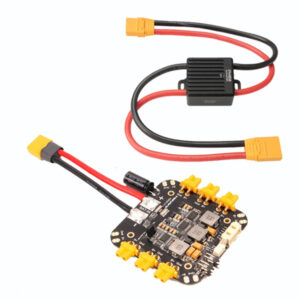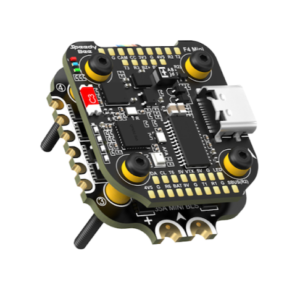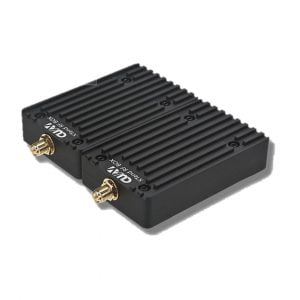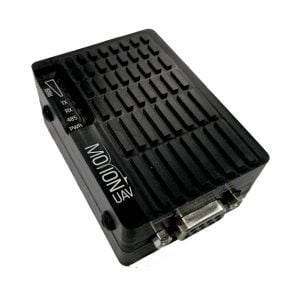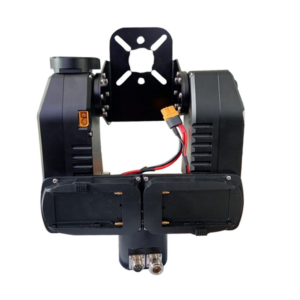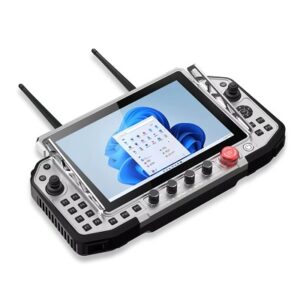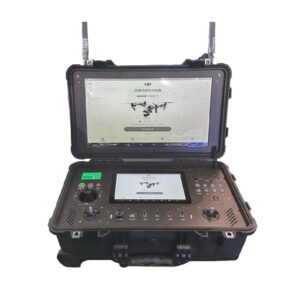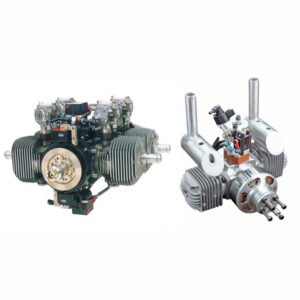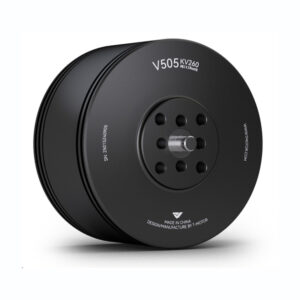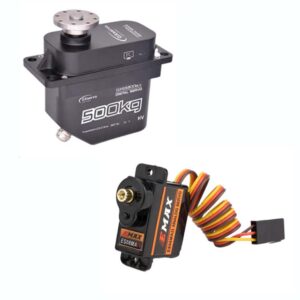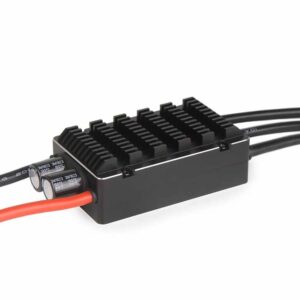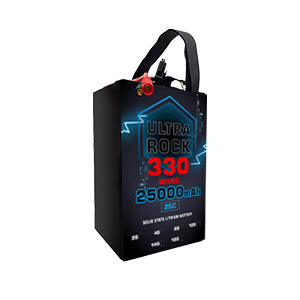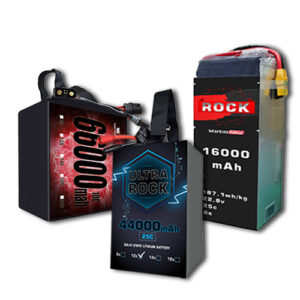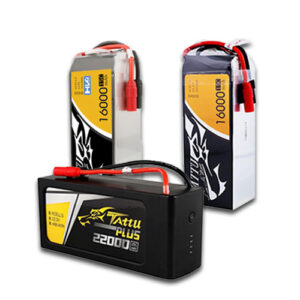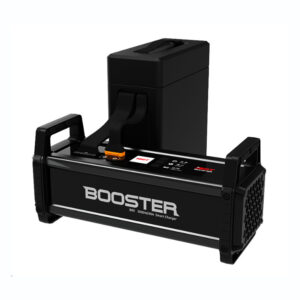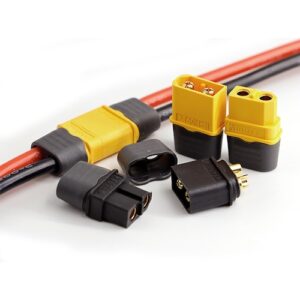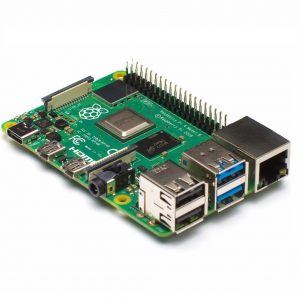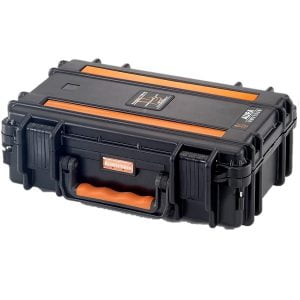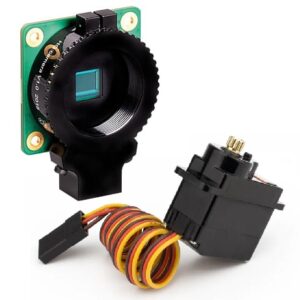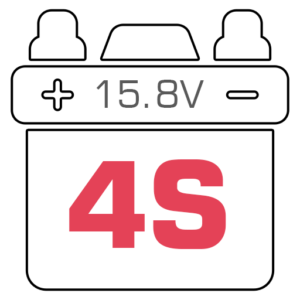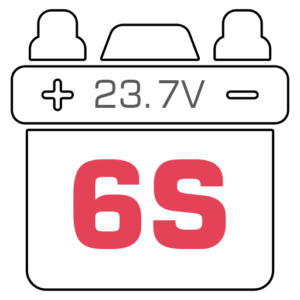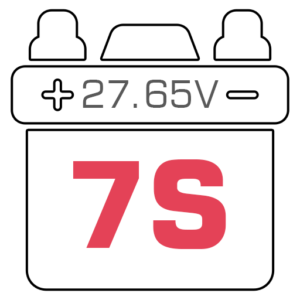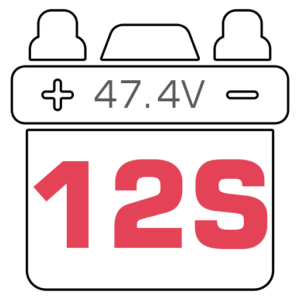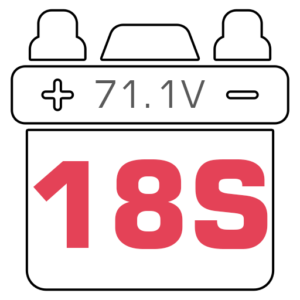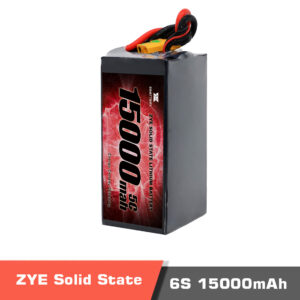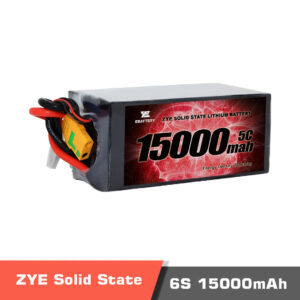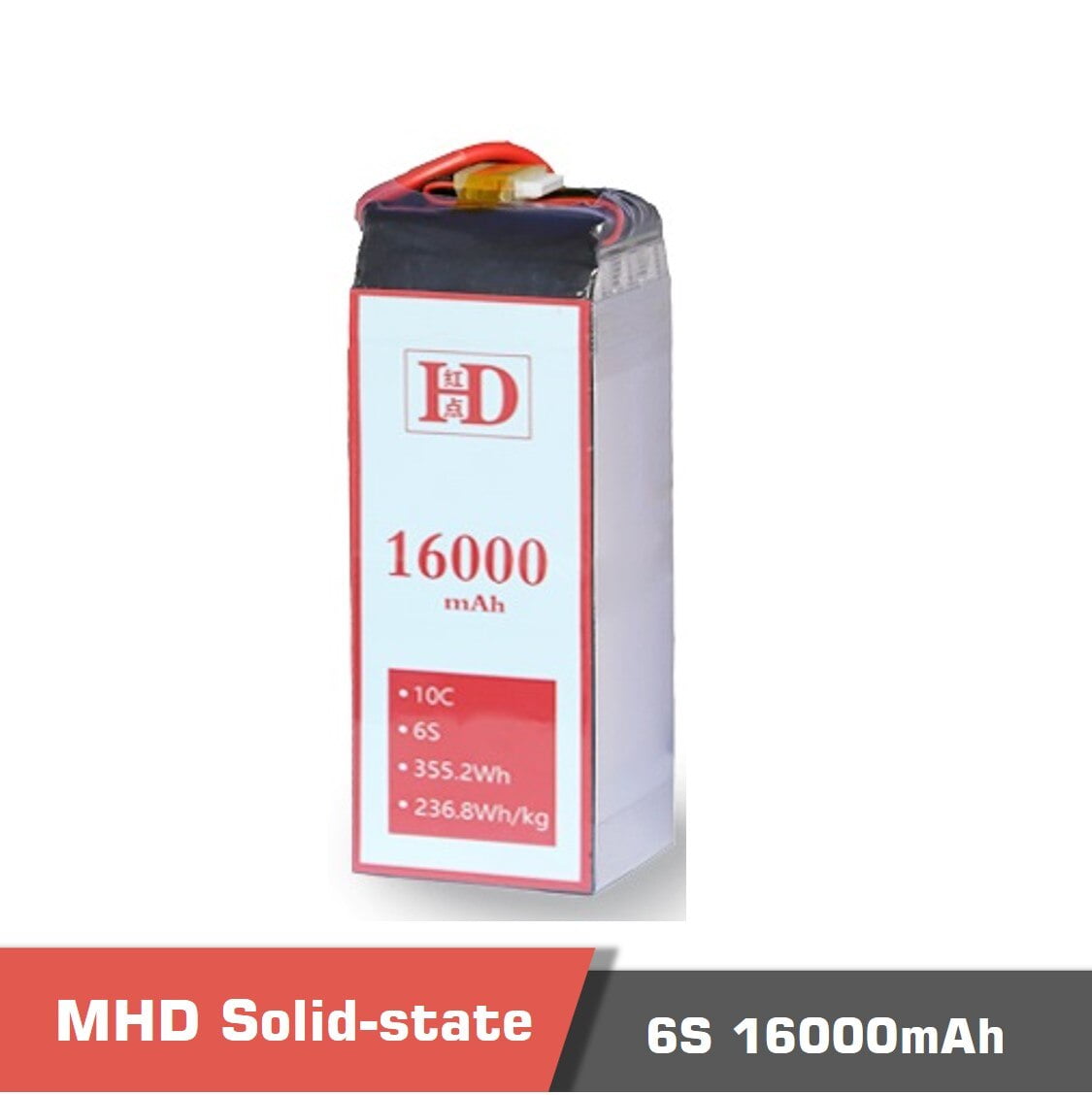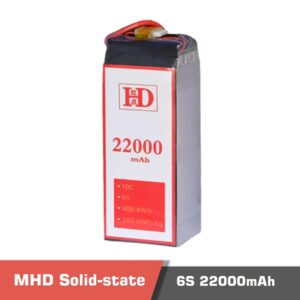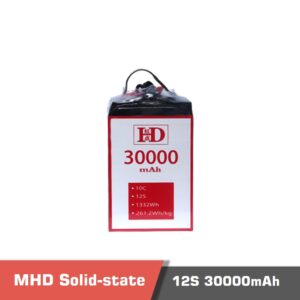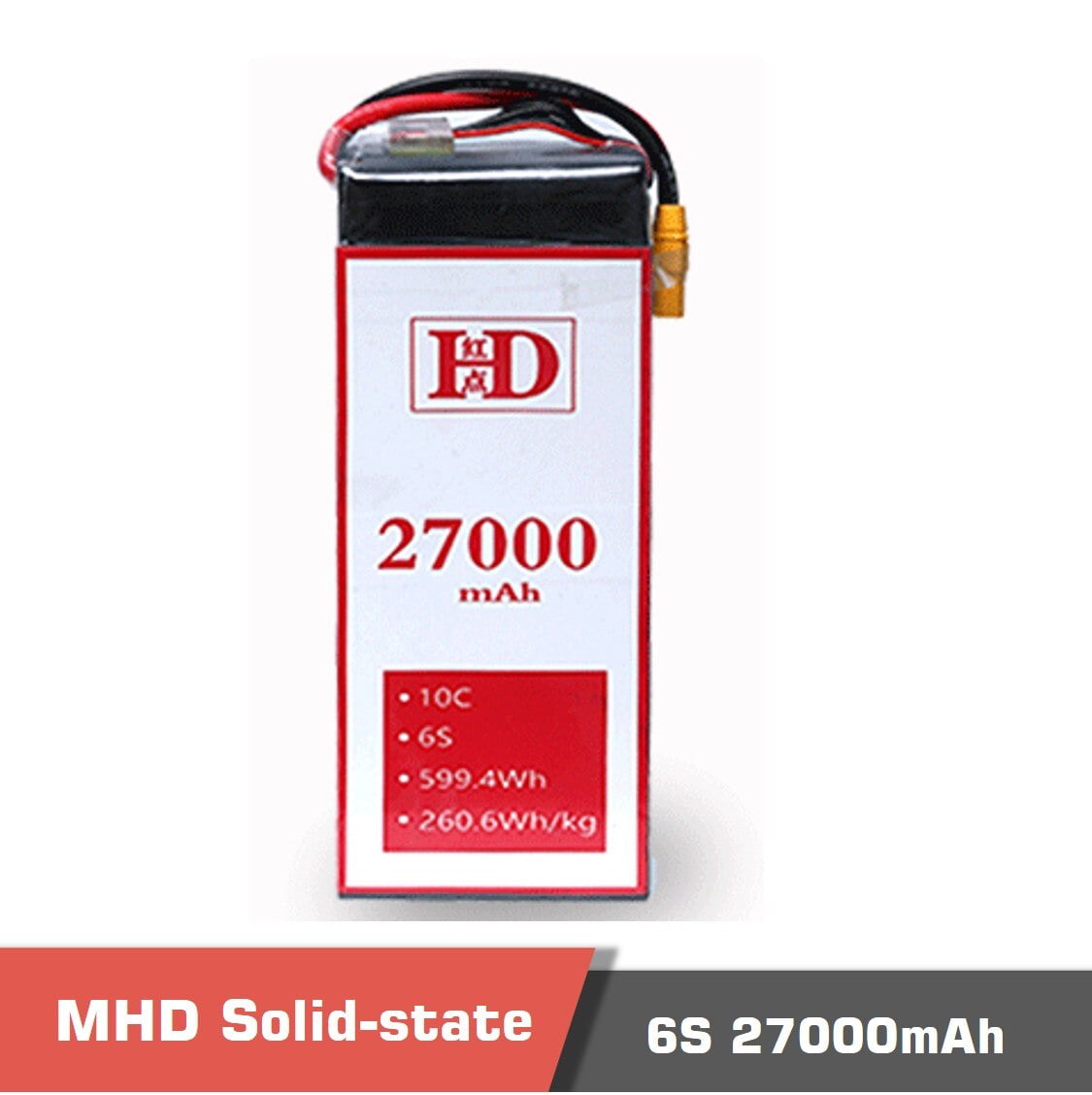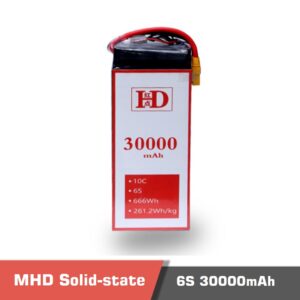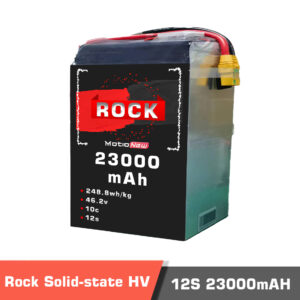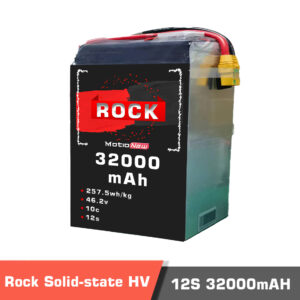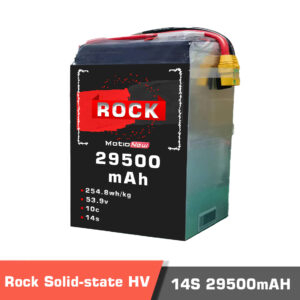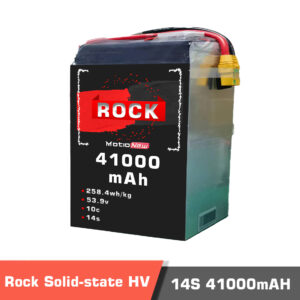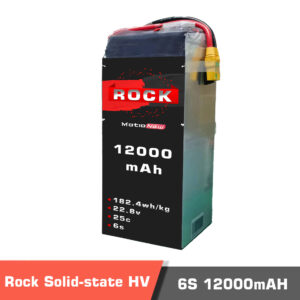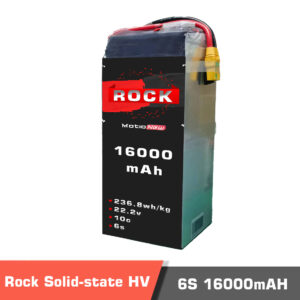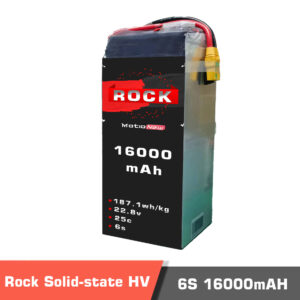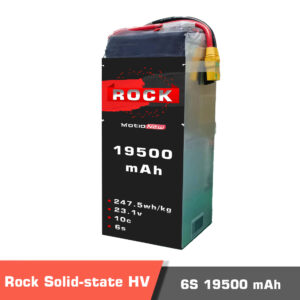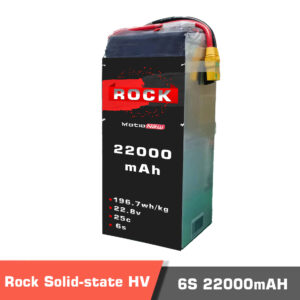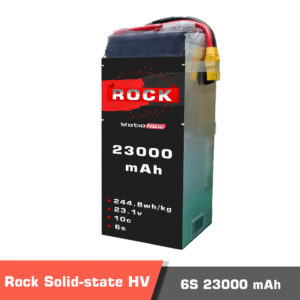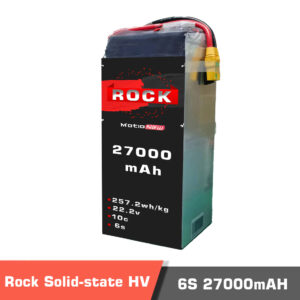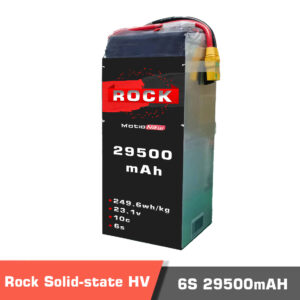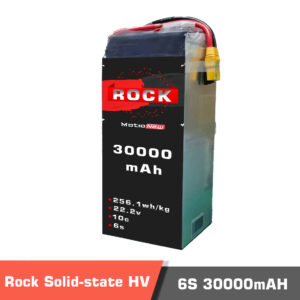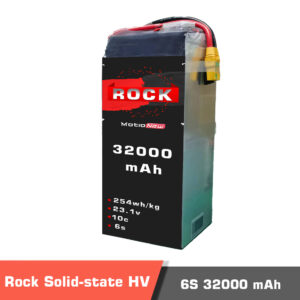Semi solid Batteries
Semi solid State Batteries
MotioNew offers different ranges of batteries with different cell numbers from 3S (3 cell) up to 24S (24 cell), specially those mostly popular among the end users such as 12S semi-solid state batteries and 6S semi-solid state batteries. When we say a battery is “Battery 12S,” we are referring to the configuration of its cells. Specifically, “12S” stands for 12 cells connected in series.
For example, if each cell has a nominal voltage of 3.7v (typical for Li-ion batteries) or 3.95v (typical for high voltage semi-solid state batteries),
What are semi-solid-state batteries?
Solid-state batteries represent a significant advancement in battery technology, offering various improvements over traditional lithium-ion batteries. Unlike conventional batteries that use a liquid or gel electrolyte, solid-state batteries use a solid electrolyte.
This can be made from a variety of materials, including ceramics, glass, or polymers. Compared to normal Li-Po batteries, semi solid-state batteries have higher energy density (up to 342wh/kg), have a lighter weight, and smaller volume and dimension.
Due to the manufacturing process and the materials that are used, semi solid-state batteries have longer endurance life and are available in much higher capacities which can be as big as 312ah.
One interesting specification of semi solid-state batteries is their higher voltage per cell which means when fully charged, it can reach up to 4.45V per cell. With the possibility of working on low temperature, even on -40℃, semi solid-state batteries are more stable and provide a better performance.
What are the advantages & disadvantages of solid-state batteries?
The semi-solid state batteries are less flammable than traditional lithium-ion (Li-ion) or lithium- Polymer (Li-Po) batteries, reducing the risk of fires and thermal runaway. These batteries can achieve higher energy densities compared to conventional batteries, potentially offering longer-lasting power for devices and vehicles.
Semi-solid state batteries typically have a longer lifespan, as the semi-solid electrolyte is less prone to forming dendrites—needle-like structures that can cause short circuits and degrade battery performance.
On the other hand, producing semi-solid state batteries at scale can be complex and costly, as it requires precise control over the materials and processes involved. While they offer improved safety and energy density, semi-solid state batteries still face challenges in achieving the same level of performance and reliability as established lithium-Polymer technology.
Usually, the discharge rate of them can not be as high as the Li-Po batteries, which in turn can be fixed with higher capacity. Semi-solid state batteries are particularly promising for electric vehicles (EVs), offering the potential for longer driving ranges and improved safety.
They can also be used in consumer electronics including smartphones, laptops, and other portable devices, where the demand for higher energy density and longer battery life is constantly increasing. These batteries can be utilized in large-scale energy storage systems to support renewable energy sources like solar and wind, thanks to their longevity and stability.
Certificates
Certificates and reports required for shipping and customs clearance including MSDS, UN38.3, RoHS, and DGM are available.






